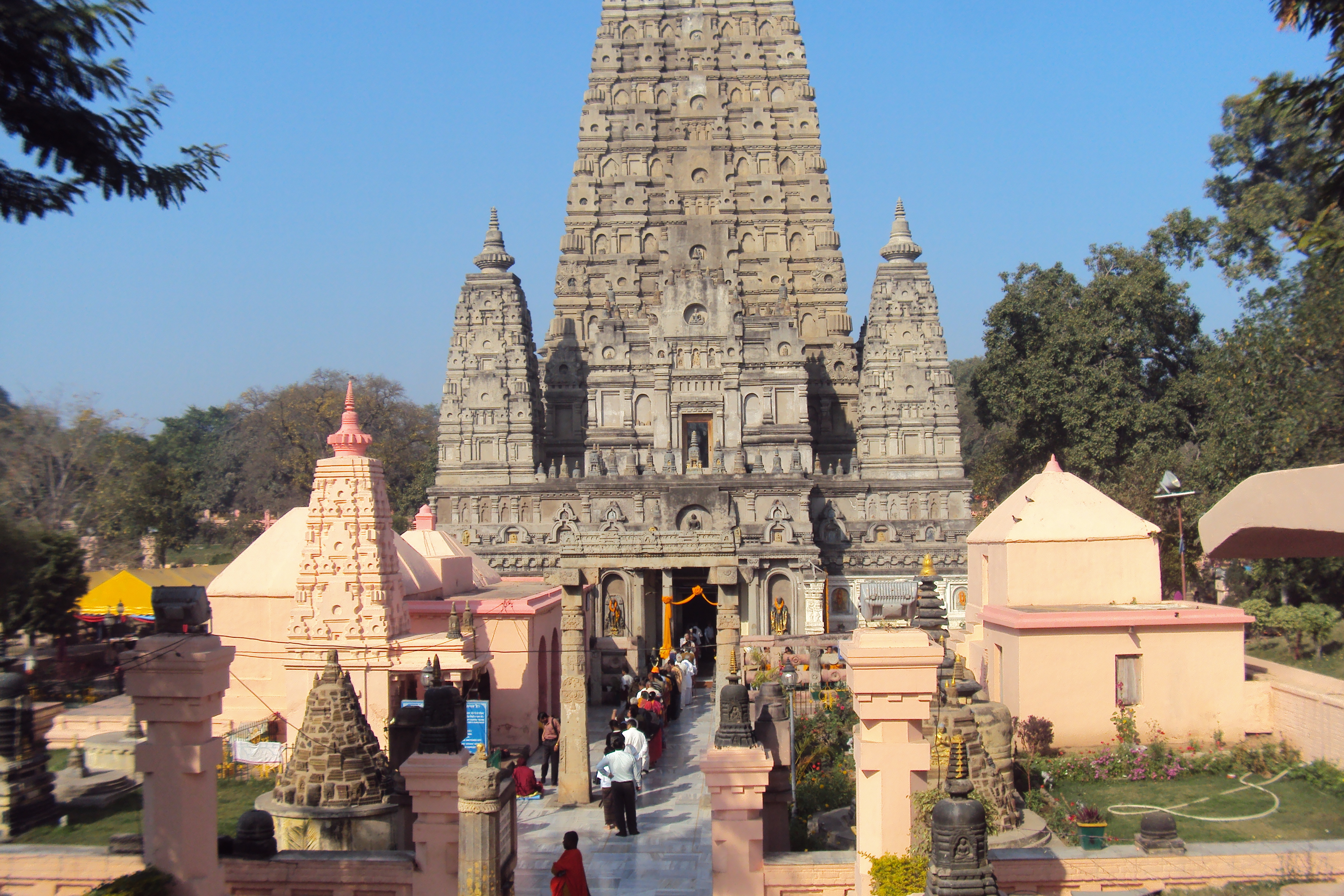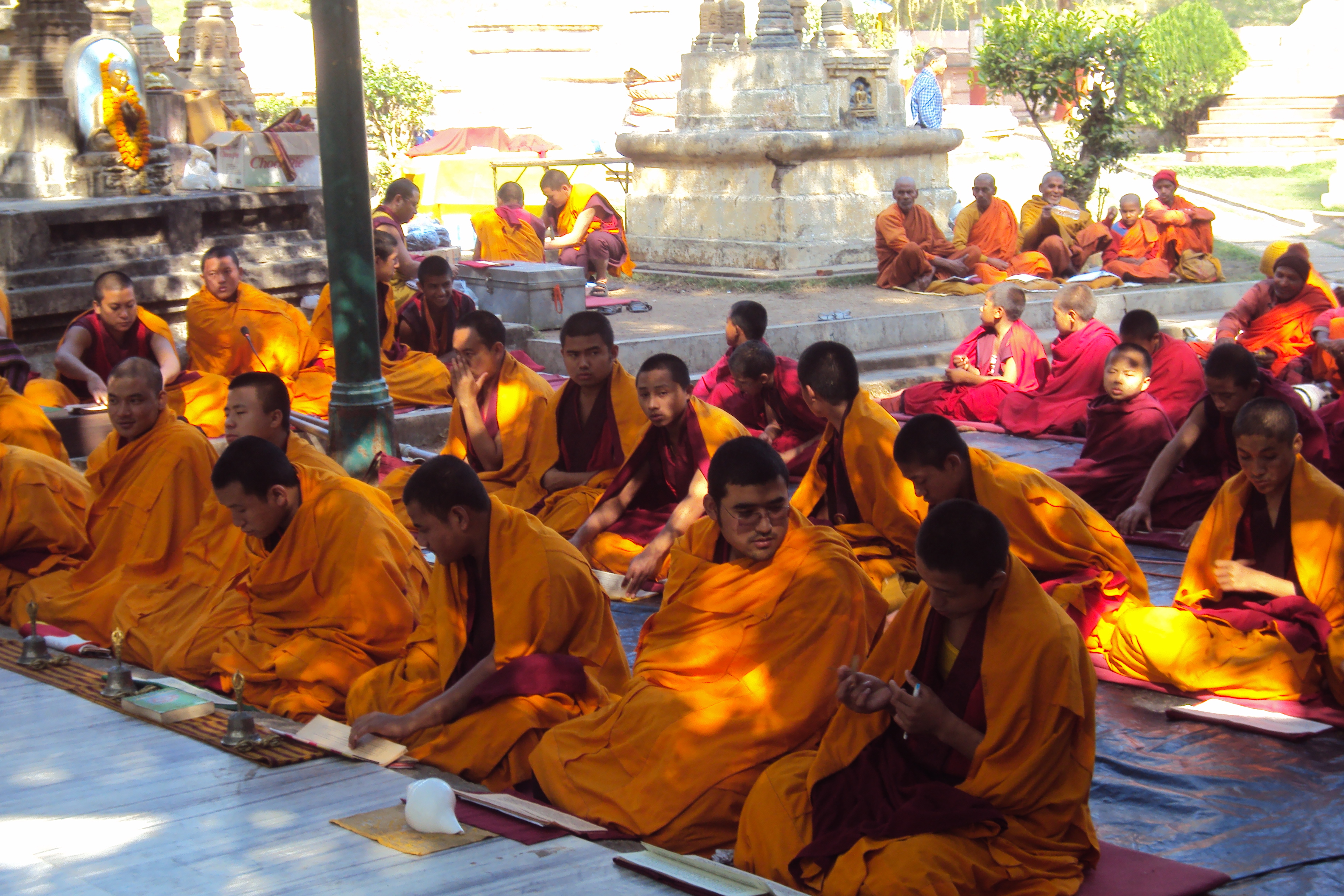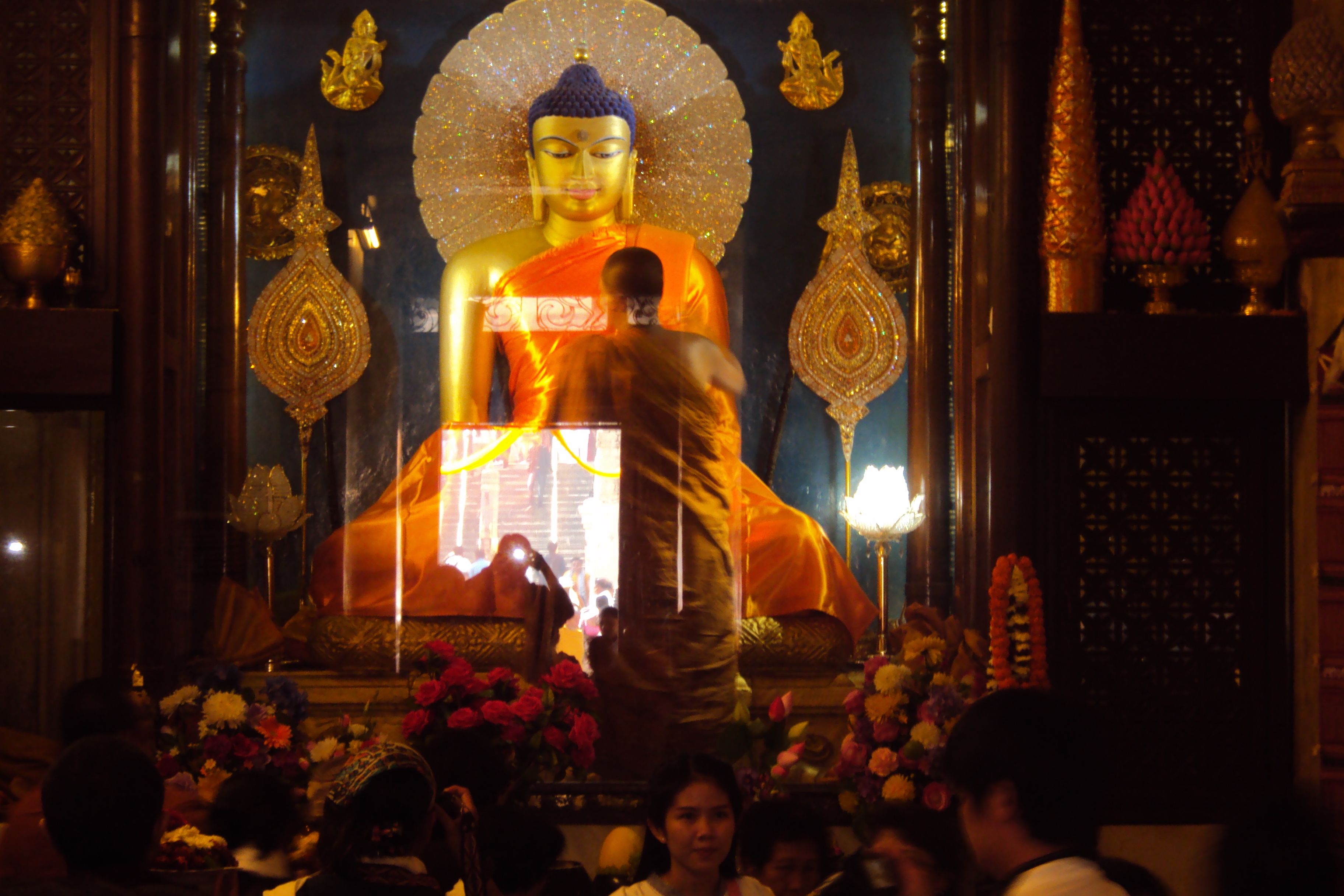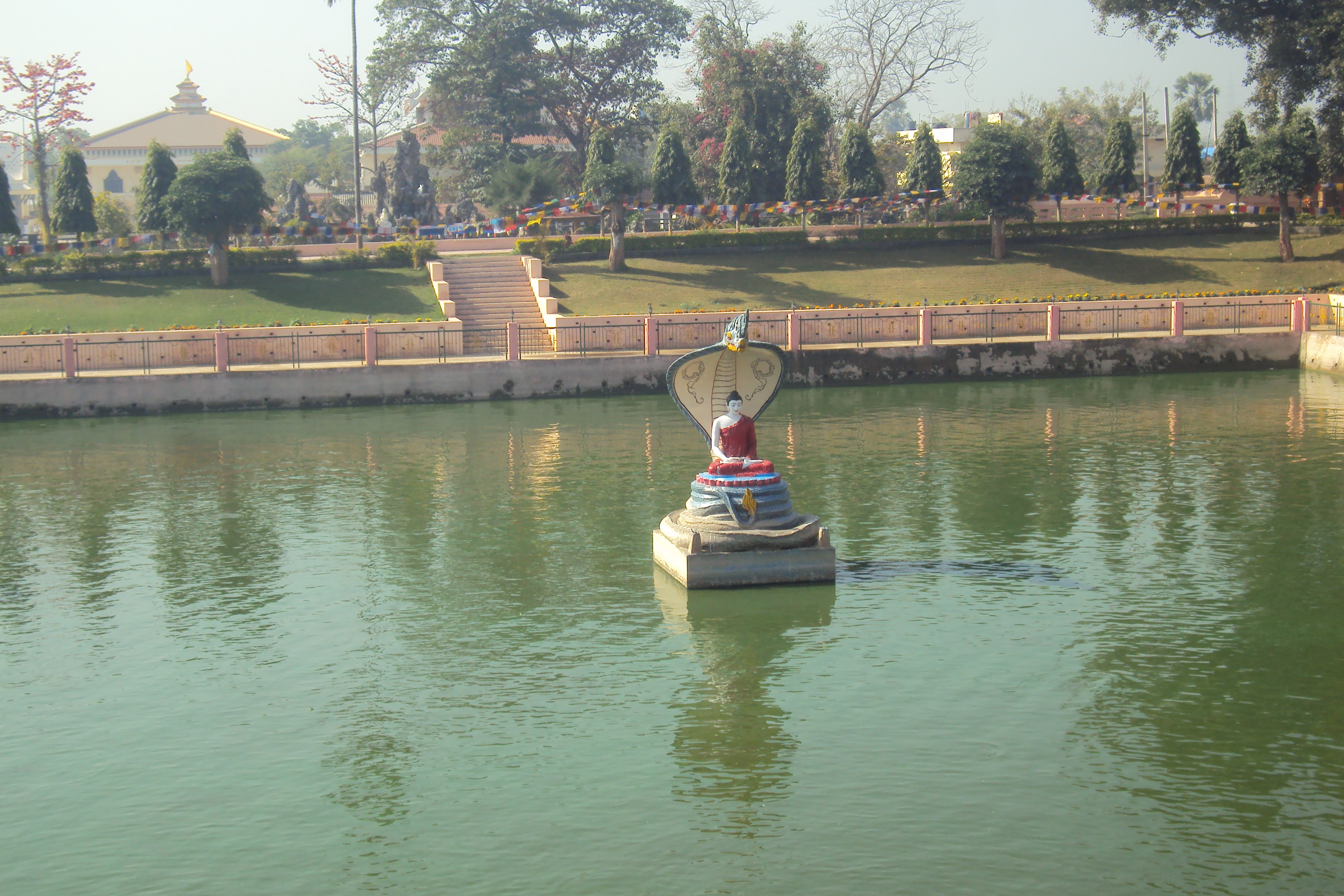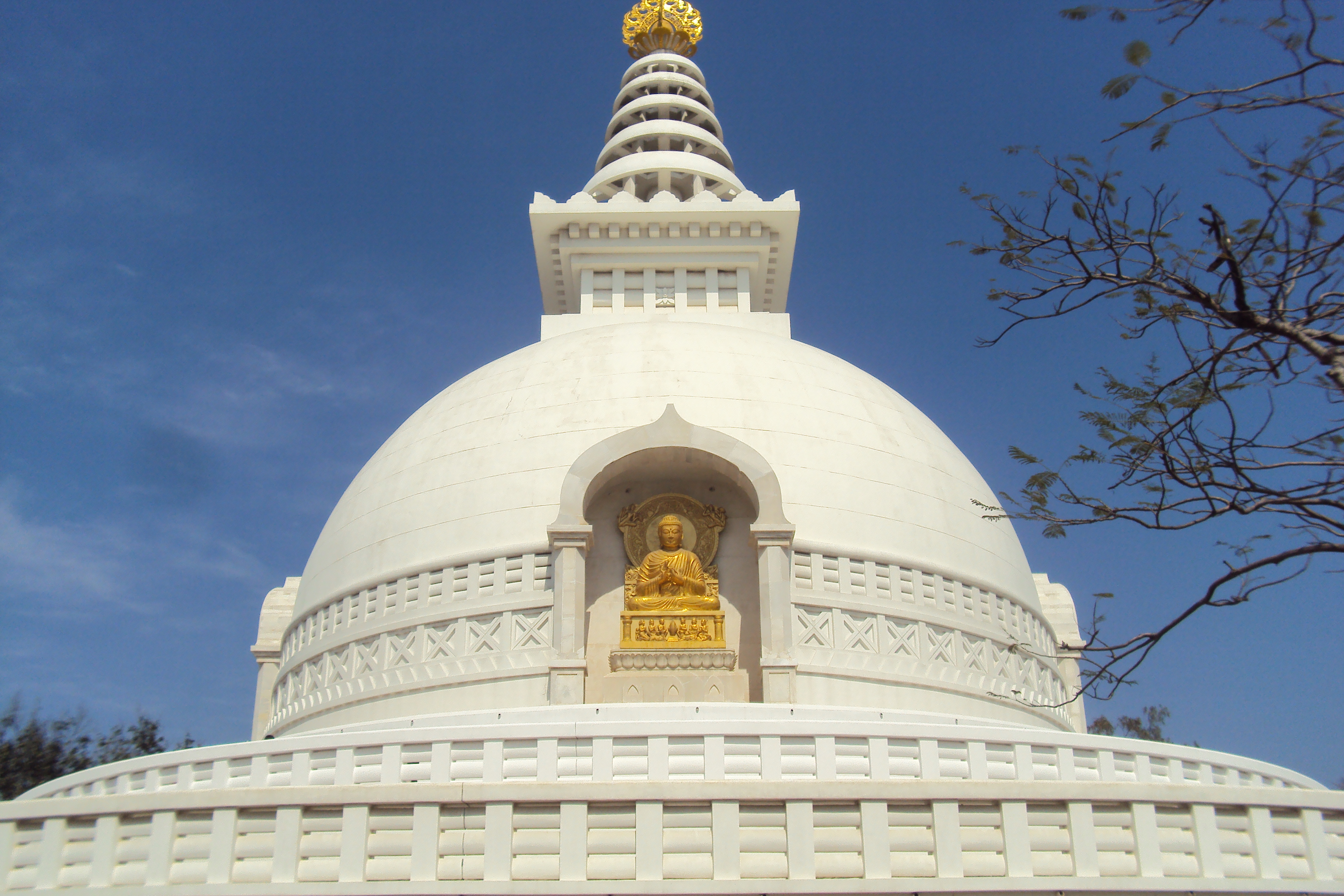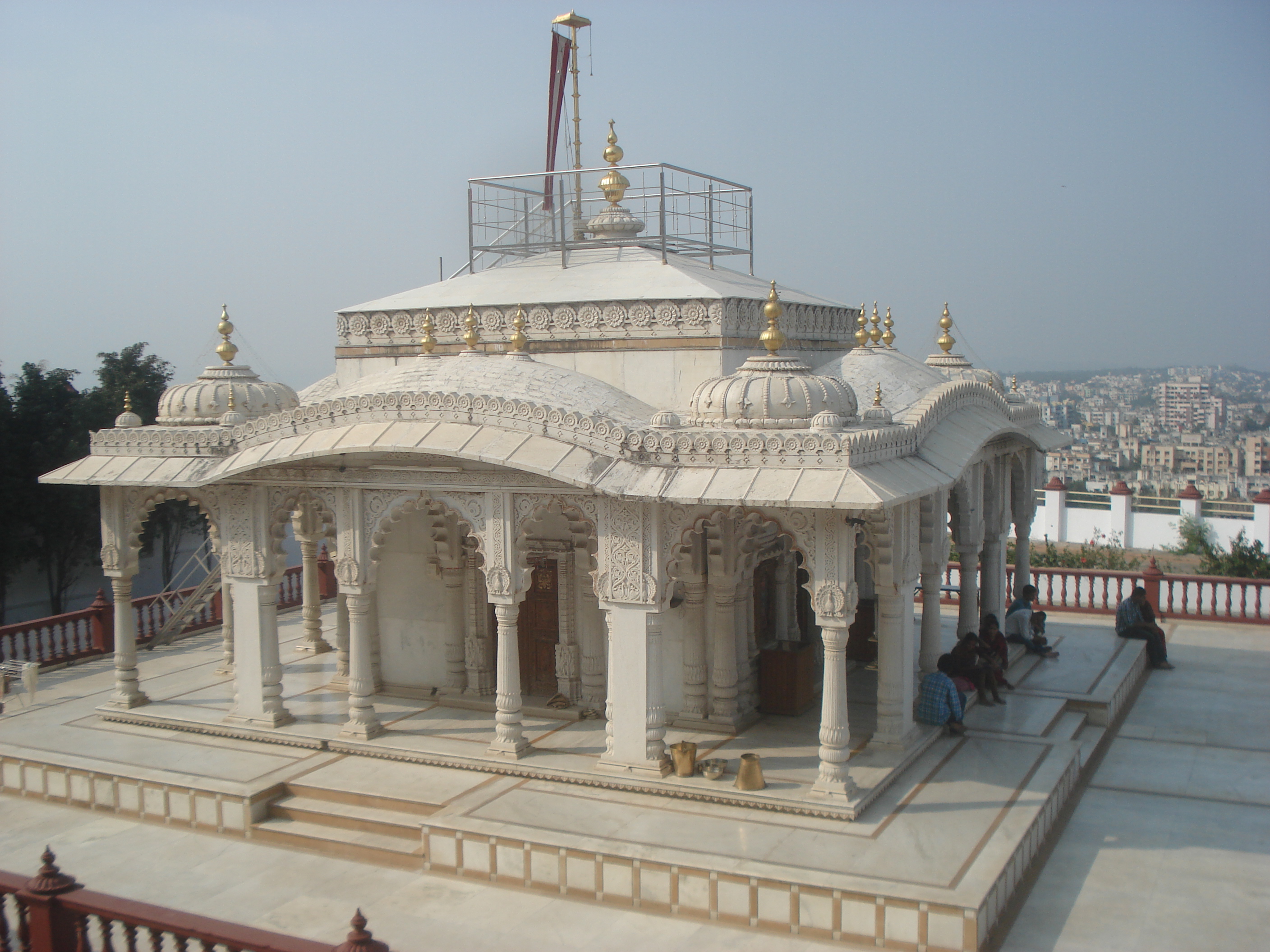The Mahabodhi Temple Complex or Bodh Gaya, in India’s Bihar state – which is also known as the place where Gautam Buddha attained enlightenment – is probably one of the top 100 places in the world to visit before you die.
For Buddhists, Bodh Gaya is one of the four main pilgrimage sites related to the life of Gautama Buddha. The three other sites are Kushinagar, Sarnath (both in Uttar Pradesh state), and Lumbini (in Nepal).
In 2002, Mahabodhi Temple became a UNESCO World Heritage Site and though the complex is well-maintained, the surrounding town is still under developed.
Next to the temple, to its western side, is the holy Bodhi tree, under which the Buddha is said to have meditated and reached enlightenment. In the Pali Canon, the site is called Bodhimanda and the monastery there the Bodhimanda Vihara. The tallest tower is 55 metres in height.
In approximately 250 BCE, about 200 years after Buddha attained enlightenment, Indian Emperor Asoka the Great who was one of the rulers of the Mauryan Empire – one of the world’s largest empires at its time – is said to have visited Bodh Gaya with the intention of establishing a monastery and shrine.
As part of the temple, he built the diamond throne, called the Vajrasana, attempting to mark the exact spot of Buddha’s enlightenment. Asoka is therefore considered the founder of the Mahabodhi Temple.
One of the interesting features of the sprawling complex is the Mucalinda Lake in the centre of which is a sculpture of Buddha seated under the hood of a cobra. It is said that when Buddha was spending his sixth week of enlightenment here, a cobra and other creatures protected him from severe thunderstorms.
Rajgir, the first capital of the kingdom of Magadha, a state that would eventually evolve into the Mauryan Empire, is not far from the temple and also a must visit. Its date of origin is unknown, although ceramics dating to about 1000 BC have been found in the city. This area was one of the favourite places for Gautama Buddha and the well known ‘Atanatiya’ conference was held atop the mountain called Vulture’s Peak.
Known for the Vishwa Shanti Stupa, located at a considerable height, one of the ‘adventurous’ aspects of the place is that you can take a ride in a cable car on a ropeway to ascend and descend. Rajgir is also famous for its hot water springs, locally known as Brahmakund, a sacred place for Hindus. The Vishwa Shanti Stupa, built in 1969, is one of the 80 peace pagodas in the world built to spread the message of peace and non-violence.
An ancient centre of higher learning – the Nalanda University – is also within travelling distance. The university founded by a King Sakraditya flourished between the fifth century CE and 1197 CE, supported by patronage from the Hindu Gupta rulers as well as Buddhist emperors.
An official guide at the place explained that the complex was built with red bricks and its ruins occupy an area of 14 hectares. At its peak, the university attracted scholars and students from as far away as Tibet, China, Greece and Persia and its architectural uniqueness lay in the way the spaces for learning, residence and meditation were clearly demarcated.
The university was ransacked and destroyed by an army under Bakhtiyar Khilji in 1193. The great library of Nalanda University was so vast that it is reported to have burned for six months after the invaders set fire to it.
The destruction of the temples, monasteries, centers of learning at Nalanda were responsible for the demise of ancient Indian scientific thought in mathematics, astronomy, alchemy and anatomy. In its heyday, it accommodated over 10,000 students and 2,000 teachers. It was marked by a lofty wall and one gate with eight separate compounds and ten temples. On the grounds were lakes and parks. The library was located in a nine-storied building where meticulous copies of texts were produced. What really helped the excavators understand the functional layout of the place were the diaries of Chinese pilgrim Xuan Zang who left detailed accounts of the university in the 7th century.
Opposite the ruins is a museum that houses various items of historical interest unearthed during the excavations and a little way ahead is the Xuan Zang Memorial Hall which has a beautiful tapestry covering two walls that provide an account of the traveller’s sojourn across India and other countries.
Xuan Zang primarily became famous for his 17-year overland journey to India, which is recorded in detail in the classic Chinese text ‘Great Tang Records on the Western Regions’. The place is immaculately maintained though of course the same cannot be said for any of the towns in Bihar where, for one thing, there is no traffic discipline and you are likely to be either mowed down by a truck or be rendered deaf with the drivers’ habit of sounding their horns at a high pitch and for long periods of time.
One of the other interesting sites is Pawapuri, a holy place for the Jain community located about 101 km from Patna, Bihar’s capital city. It is here that Mahavira attained nirvana or ‘moksha’ in around 5th century BCE. Mahavira, according to a temple priest there, was the last of the 24 ‘tirthankaras’ of the Jain faith and it was here that he was cremated.
There was a great rush to collect his ashes, with the result that so much soil was removed from the place of his cremation that a pond was created. Now, an exquisite marble temple in the middle of a lotus pond, the Jal Mandir, stands magnificently on a rectangular island.

